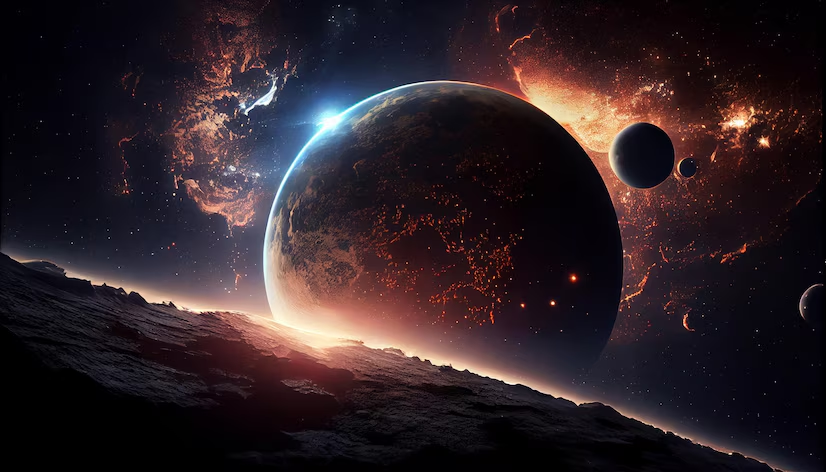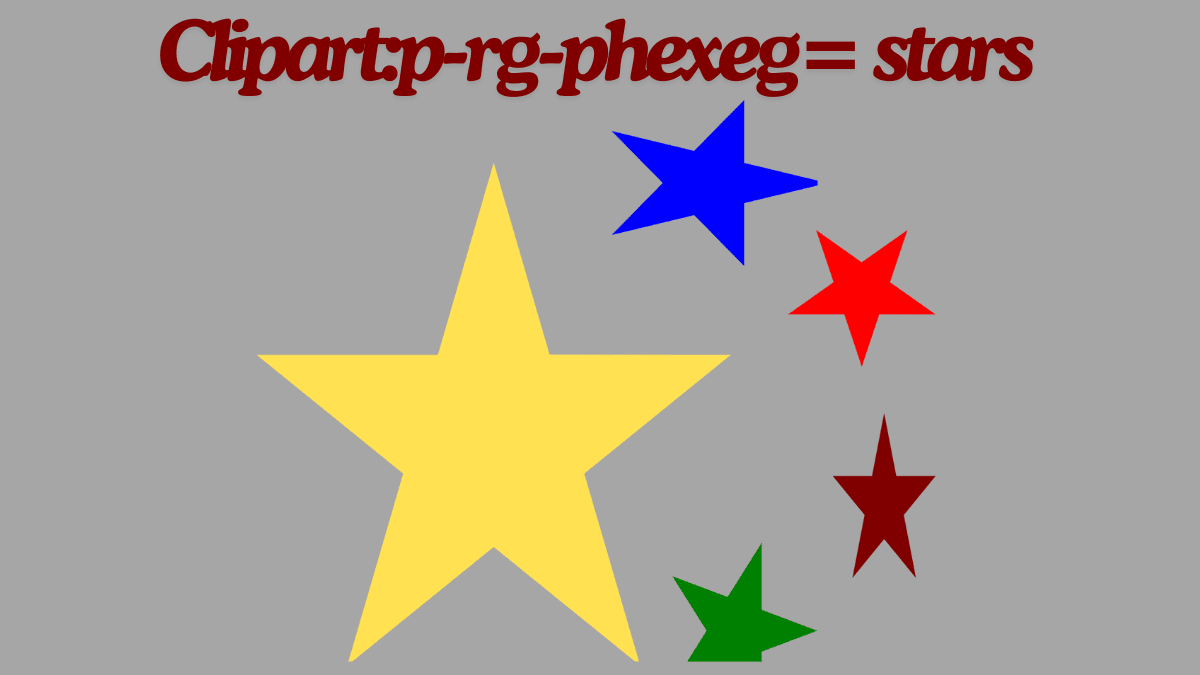Many generations of people have looked up at the stars and lights in the sky to enjoy their beauty. Before there were big cities like we have now, the night sky must have looked alive in dark, rural places.
Early days (and nights):
People from all over the world have been observing the sky with the human eye for a very long time, and they often see stars, planets, and other things in space.
People in these places often used what they knew about science for
- Navigation
- Keeping time
- Planning for farming
- Doing religious and spiritual things
A better look up at the sky
Astronomers from all over the world in the past made a lot of early observations and estimates about what is astronomy. There are a lot of star charts in historical records that show people were trying to map the night sky and learn more about how the universe works.
Here are some examples of early discoveries:
Planets vs. stars
Between the years 1000 and 2100 BCE, Babylonian scientists kept an eye on five points of light in the sky that moved differently than the stars. They concluded that there was something very different: these five light points were not stars at all. Astronomers and historians now think that the Babylonians were among the first people to spot Mercury, Venus, Mars, Jupiter, and Saturn. At different times of the year, these planets can be seen with the naked eye.
A round Earth
Greek thinkers wrote down proof that Earth was a sphere as early as the 6th century BCE. They noticed that the night sky looked different from different places on Earth, which could mean that the surface of our world is curved. During lunar eclipses, they also saw the round shadow of Earth on the Moon. These philosophers were even able to figure out very exactly how far around the Earth it is.
To do this, they measured the length of an object’s shadow in two different places at the same time. Based on how far those two places were from each other and the difference in the lengths of the shadows, they figured out that the Earth was 46,250 kilometers around. That’s pretty close to the real number of 40,075 kilometers!
Very bright supernovae
Astronomers in China were the first to write down information about a supernova in the year 185. Since then, many supernova explosions have been seen. One was especially bright in the year 1054—at its brightest, it was four times brighter than Venus, which is one of the brightest things in the night sky. Some supernovae are so bright that you can see them during the day.
Galaxies with clouds
It’s only been thought about for about a hundred years that the Milky Way is just one of the trillions of galaxies in the universe. Before that, people thought that close galaxies were just cloudy parts of the Milky Way. In 964, a Persian observer was the first person to write that they had seen the nearby Andromeda Galaxy. They called it a “nebulous smear.” In star charts for hundreds of years, it was just called the “Little Cloud.”
The Copernican Revolution
Before the 1600s, most people thought that Earth was in the middle of the solar system and that everything else in the universe revolved around it. The geocentric model is the name for this. However, this theory did not explain some puzzling things that scientists had seen, like how the paths of planets seemed to move backward in their orbits.
Stars in our sky don’t always look like they’re going in the same direction when we look at them from Earth. They look like they turn backward every once in a while. This is known as retrograde motion, and it is one of the most important signs that the Sun is at the center of the solar system and that all the planets move around it.
The Polish scientist Nicolaus Copernicus came up with the idea of a heliocentric model of the solar system in 1543. In this model, the planets move around the Sun. Astronomers have seen planets moving in strange ways, and this model explains why. The new theory was one of many radical new thoughts about the stars that came up during the Renaissance.
The work of scientists Tycho Brahe and Johannes Kepler accurately described how planets move and set the stage for Isaac Newton’s theory of gravity. People now have a much better understanding of the universe thanks to this growth. The telescope, which was invented in the early 1600s, helped them make better views and investigations. Galileo Galilei, an Italian scientist, made it popular to use telescopes to study and find things in space, like Jupiter’s four largest moons. They are called the Galilean moons in his honor.
A universe of information that keeps growing
Over the next few hundred years, astronomers all over the world made the study of astronomy more official by making thorough lists of stars, star clusters, and nebulae. William Herschel found infrared radiation in 1800, a type of light that humans can’t see. This was the first step in new areas of study after he found Uranus in 1781.
Others used the fast progress that was being made in optics and images. A big step forward in science was made by Edwin Hubble in 1923 when he used the 2.5-meter-diameter Hooker Telescope to show that the Andromeda Nebula goes beyond our own Milky Way Galaxy.
Hubble’s finding that the universe is expanding led other astronomers to come up with ideas about where it came from. The cosmic microwave background (CMB), a faint “noise” left over from the huge explosion that created everything in the universe, was found to be strong proof for the Big Bang theory. It was first put forward by Georges Lemaitre. Radio astronomers found the CMB by chance just five years before Apollo 11 landed on the Moon in 1969.
In the second half of the 20th century, better launch and design of satellites made it possible for scientists to learn even more about the planets in our solar system. Mariner, Venera, and Voyager were just a few of the robotic space probe missions that went farther than ever before.
Astronomy Today
The James Webb Space Telescope is the most complicated and powerful space telescope ever made. It was built by NASA, the Canadian Space Agency, and the European Space Agency working together. From its place in space, it helps scientists learn more about the world. (Thanks to NASA)
Today, scientists use huge telescopes both in space and on the ground to gather information about things in space. Today’s telescopes with big mirrors let astronomers see the light from very faint things that are far away. Specialized methods and sensitive science tools have been created to study not only visible light but also infrared light, radio waves, and X-rays, which are all part of the electromagnetic spectrum of light.
Astronomers can now directly view things like black holes, faraway exoplanets, and gravitational waves thanks to big, complicated telescopes and new techniques.
The 6.5-meter-diameter golden screen on the James Webb Space Telescope makes it the biggest space telescope ever made. When Webb is launched in 2021, its precise instruments will look into clouds of cosmic dust to collect infrared light from faraway galaxies and stars. This will give Canadian researchers a unique look into the early days of the universe and planets circling other stars that have never been seen before.











One Comment